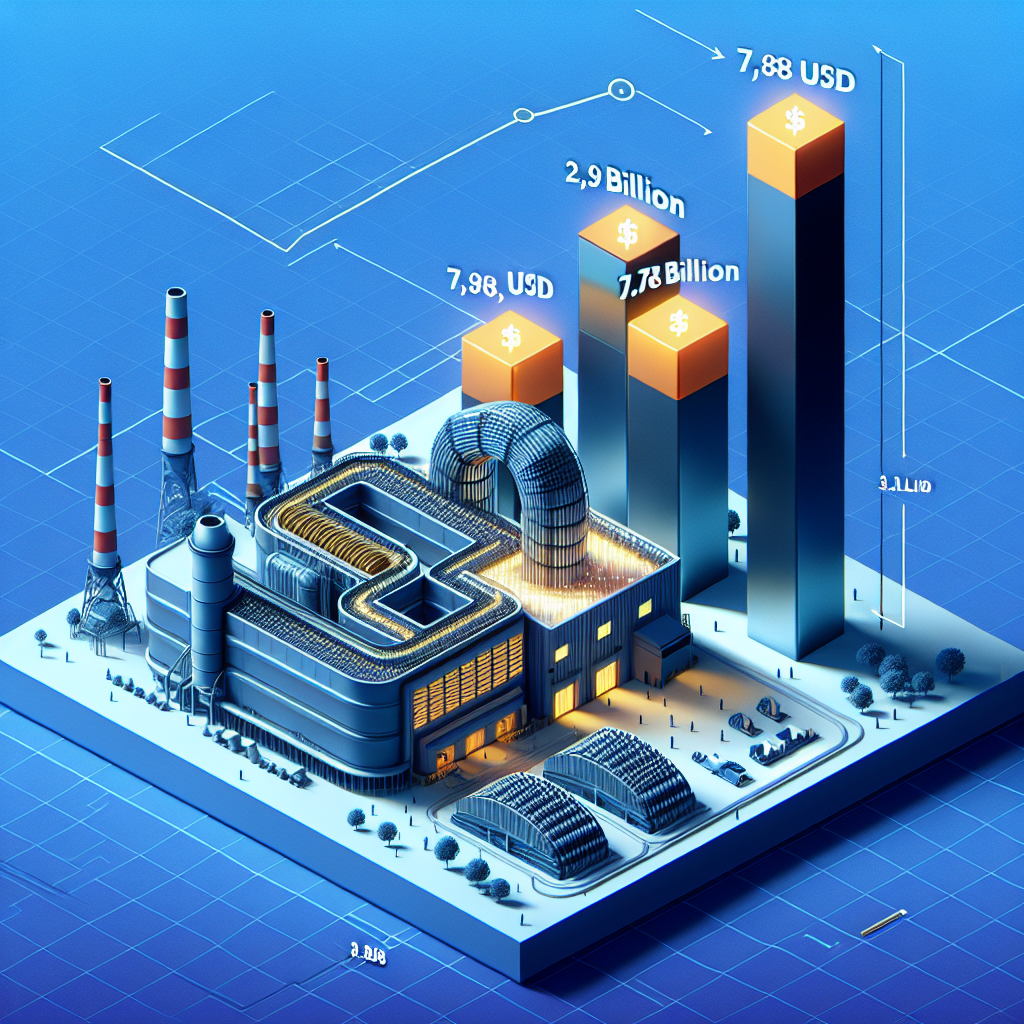The Indian government is planning to expand its incentive program for rare earth magnet production nearly threefold, increasing the amount from the original 257.6 billion rupees (approximately 2.9 billion USD) to over 700 billion rupees (about 7.88 billion USD). This move is seen as an important step for India to counteract China’s monopoly on rare earth minerals in the global supply chain restructuring wave.
According to reports from Bloomberg and multiple Indian media outlets, the proposal has been submitted for cabinet approval. If approved, it will support around five companies through Production-Linked Incentives (PLI) and capital subsidies to develop key materials required for electric vehicles, renewable energy, and defense industries.
This expansion will result in a significant 172% increase in subsidy amounts, with the hope of boosting domestic production and attracting global magnet manufacturers to establish local subsidiaries or joint ventures.
Around 90% of global rare earth processing is dominated by China, and in April, Beijing further tightened export controls, impacting supply chains in industries such as automotive and energy. Currently, several countries worldwide are accelerating diversification of their supply chains to avoid disruptions.
Earlier this year, Indian Prime Minister Narendra Modi stated that critical minerals should not be “weaponized” and called for the establishment of a stable and diversified global supply chain.
Despite the ambitious plan, India still faces multiple challenges. Analysts point out that the country has limited funding and technical expertise, with long project development cycles, relying on foreign investment or joint ventures in the short term.
Moreover, environmental risks and the disposal of radioactive waste will increase the difficulty of domestic mining and refining.
Industry experts indicate that China recently issued the first batch of rare earth magnet export permits to India, but no domestic Indian companies were granted permission. This has strengthened the Indian government’s determination to develop local manufacturing to fill the demand gap.
Sources reveal that several overseas suppliers have expressed interest in providing rare earth materials to India. Authorities estimate that India will require about 2,000 tons of rare earth oxides annually, a demand easily met by global producers.
If successfully implemented, this plan will position India as a more crucial player in the electric vehicle and renewable energy supply chains, potentially forming a rare earth alliance with allies such as Japan, Australia, and the United States to reduce reliance on China.
In addition to investing heavily in rare earth magnet manufacturing, the Indian government is also adopting a “dual-track” strategy by funding research on synchronous reluctance motors technology. This alternative technology may ultimately reduce dependence on rare earth materials.

